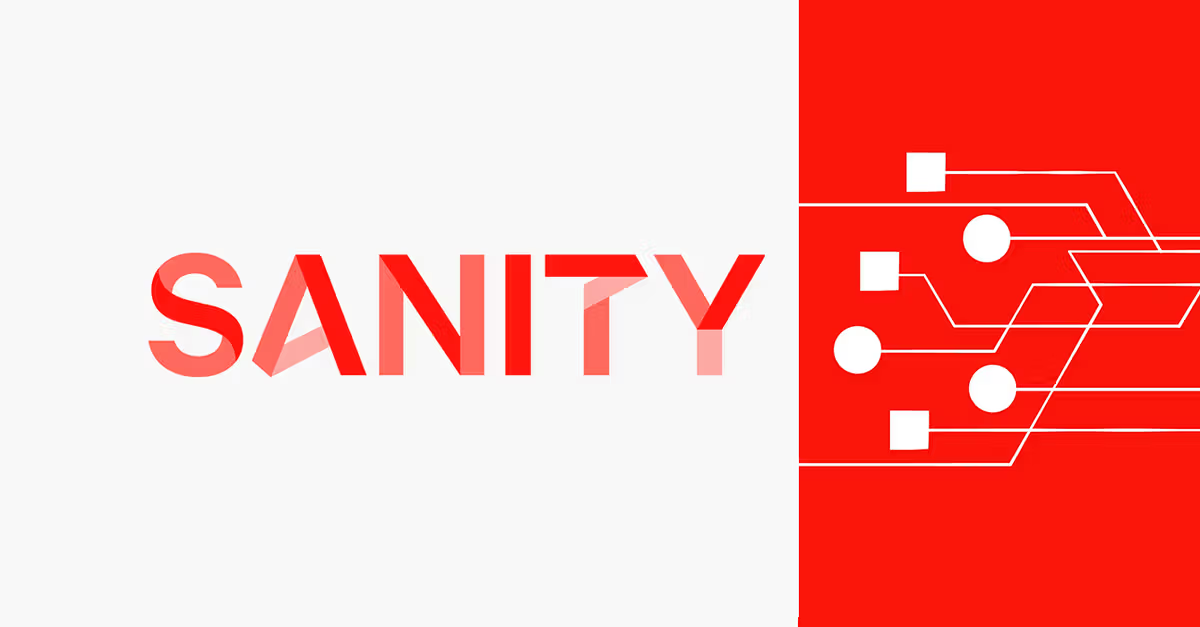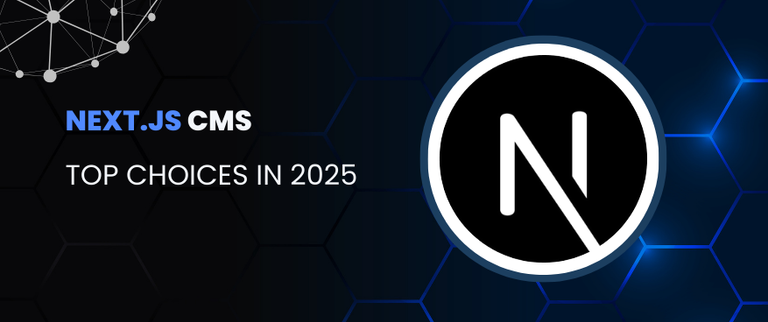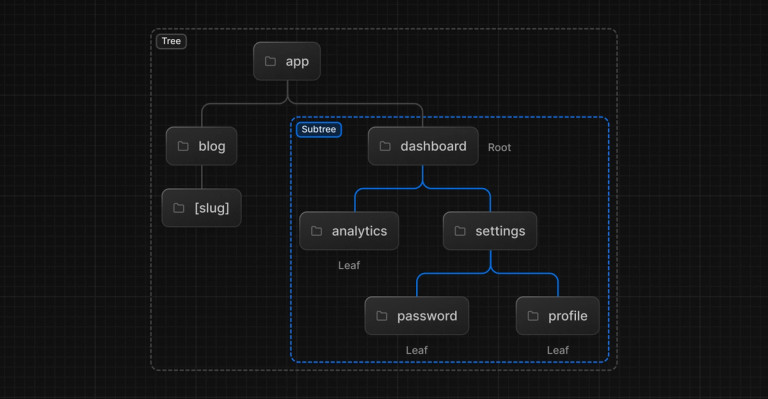Sanity: Live by default
Explore Sanity’s latest innovations in our breakdown of their talk from Next.js 2024. Discover how Sanity’s integration with Next.js is advancing web technology, enhancing user experiences, and meeting modern development challenges.

The Next.js Conf 2024 has come and brought us a great presentation by Kap, Simen, and Simeon from Sanity. In their talk, they highlighted the powerful Sanity + Next.js combo, showcasing Sanity’s latest advancements and discussing the current and future landscape of web technology.
This is a three-part series presentation:
- Kap: “Request. Response. Repeat” - discusses the challenges and solutions in managing content updates and real-time data handling.
- Simen: “Solving the CDN Problem” - explores improvements in CDN technology to enhance content delivery efficiency.
- Simeon: “Demo: Live Next.js Apps” - demonstrates practical applications of Next.js in creating dynamic, user-responsive applications.
This article will guide you through each presentation, highlighting the key ideas and insights. If you’d like to see the slides the speakers prepared for the conference, check out this live session from Next.js Conf here.
If you missed the Next.js Conf 2024 or simply don’t have time to watch seven hours of video, head over to our breakdown article, where we’ve carefully compiled all the key highlights for a quick overview that captures the essence of the conference.
Kap: “Request. Response. Repeat”
![]() Kapehe opens the discussion by highlighting the inefficiencies of traditional content handling within web development, emphasizing the challenge developers face when simple content updates like fixing typos require complex processes involving pull requests. This system creates a bottleneck where developers become the gatekeepers for any content change, which isn’t efficient for dynamic content environments.
Kapehe opens the discussion by highlighting the inefficiencies of traditional content handling within web development, emphasizing the challenge developers face when simple content updates like fixing typos require complex processes involving pull requests. This system creates a bottleneck where developers become the gatekeepers for any content change, which isn’t efficient for dynamic content environments.
She discusses how Sanity is addressing these issues by equipping developers with tools like Sanity Studio, content source maps, and portable text to make the content management better. These tools aim to remove the developer as the bottleneck, allowing content creators to manage updates more autonomously.
![]() Kapehe introduces the concept of “live by default” apps, which contrasts with the traditional “stale by default” approach. She explains the inefficiencies of the traditional request-response model where changes in content require a page reload or manual refreshes to update the displayed content. By utilizing client-side JavaScript and technologies provided by Next.js, such as client-side hydration, Sanity aims to minimize page reloads and enable flawless content updates.
Kapehe introduces the concept of “live by default” apps, which contrasts with the traditional “stale by default” approach. She explains the inefficiencies of the traditional request-response model where changes in content require a page reload or manual refreshes to update the displayed content. By utilizing client-side JavaScript and technologies provided by Next.js, such as client-side hydration, Sanity aims to minimize page reloads and enable flawless content updates.
![]()
The key takeaway from Kap’s talk is the movement towards live updates without the need for refreshing and the overall goal of reducing developer interference in content updates. This approach not only improves the efficiency of web applications but also enhances the user experience by ensuring that the most current content is always displayed without additional user or developer action.
Simen: “Solving the CDN Problem”
Simon Svalle, CTO at Sanity, delves into the challenges posed by traditional content delivery networks (CDNs) in his talk. He begins by critiquing how CDNs, while essential for scaling applications, often fail to serve dynamic content efficiently due to their static nature. This setup requires developers to manually manage the cache invalidation process, which can be cumbersome and error-prone.
![]() Simon points out that the reliance on CDNs leads to a “whack-a-mole” scenario where developers constantly need to update or invalidate cached content to ensure users receive the most recent updates. This becomes particularly problematic during high-traffic events like product launches or breaking news, where timely content delivery is crucial.
Simon points out that the reliance on CDNs leads to a “whack-a-mole” scenario where developers constantly need to update or invalidate cached content to ensure users receive the most recent updates. This becomes particularly problematic during high-traffic events like product launches or breaking news, where timely content delivery is crucial.
![]() He introduces Sanity’s solution to these challenges by reimagining the CDN as a more dynamic layer that integrates seamlessly with live content infrastructure. This new approach allows changes to content to be immediately propagated without requiring manual cache invalidation, thus ensuring that users always see the most updated content without significant delays.
He introduces Sanity’s solution to these challenges by reimagining the CDN as a more dynamic layer that integrates seamlessly with live content infrastructure. This new approach allows changes to content to be immediately propagated without requiring manual cache invalidation, thus ensuring that users always see the most updated content without significant delays.
The key innovation here is the transition from static caching to a model where the CDN can intelligently handle updates and serve fresh content as it changes, reducing the burden on developers and enhancing the user experience.
![]() Simon’s vision for the future of CDNs includes a system where updates are as instantaneous as fetching content from a live database, but with the cost-effectiveness and speed of traditional CDN delivery. This approach aims to bridge the gap between static and dynamic content delivery, making it easier for developers to manage high-traffic sites and for users to access the latest content in real time.
Simon’s vision for the future of CDNs includes a system where updates are as instantaneous as fetching content from a live database, but with the cost-effectiveness and speed of traditional CDN delivery. This approach aims to bridge the gap between static and dynamic content delivery, making it easier for developers to manage high-traffic sites and for users to access the latest content in real time.
Simeon: “Demo: Live Next.js Apps”
Simeon Griggs, an educator at Sanity.io, presents a practical demonstration of the concepts discussed by the previous speakers through a live demo of Next.js apps integrated with Sanity’s live content updates. He focuses on the practical implementation and user experience enhancements that their new system offers.
![]() Simeon starts by showing how changes in the Sanity Studio are immediately reflected in the Next.js app without needing to reload the page or manually clear caches. This demonstration showcases the “live by default” principle in action, highlighting the fluid integration of content updates between the backend and the frontend.
Simeon starts by showing how changes in the Sanity Studio are immediately reflected in the Next.js app without needing to reload the page or manually clear caches. This demonstration showcases the “live by default” principle in action, highlighting the fluid integration of content updates between the backend and the frontend.
He further discusses the technical aspects of implementing live updates, including the use of Sanity’s client libraries and Next.js features like server components and client-side hydration. Simeon provides insights into the challenges of maintaining layout consistency and avoiding layout shifts when content updates occur, emphasizing the importance of smooth user experiences even when underlying content changes dynamically.
![]() A significant part of his presentation is dedicated to explaining the backend configurations necessary to support live updates, such as setting up Sanity to handle live queries and leveraging Next.js’s caching capabilities to optimize performance without compromising on real-time content delivery.
Simeon concludes with a call to developers to adopt this new paradigm of building web applications that are live by default, suggesting that the future of web development lies in creating dynamic, user-centric experiences where content freshness is guaranteed.
A significant part of his presentation is dedicated to explaining the backend configurations necessary to support live updates, such as setting up Sanity to handle live queries and leveraging Next.js’s caching capabilities to optimize performance without compromising on real-time content delivery.
Simeon concludes with a call to developers to adopt this new paradigm of building web applications that are live by default, suggesting that the future of web development lies in creating dynamic, user-centric experiences where content freshness is guaranteed.
Sanity CMS Development

Conclusion
Kudos to Kap, Simen, and Simeon for their commitment and the insightful discussion. Sanity continues to evolve rapidly, directly addressing the challenges that developers face in today’s fast-evolving digital landscape. Their commitment to refining and advancing their technologies ensures that developers have the tools they need to deliver exceptional web experiences efficiently and effectively.



